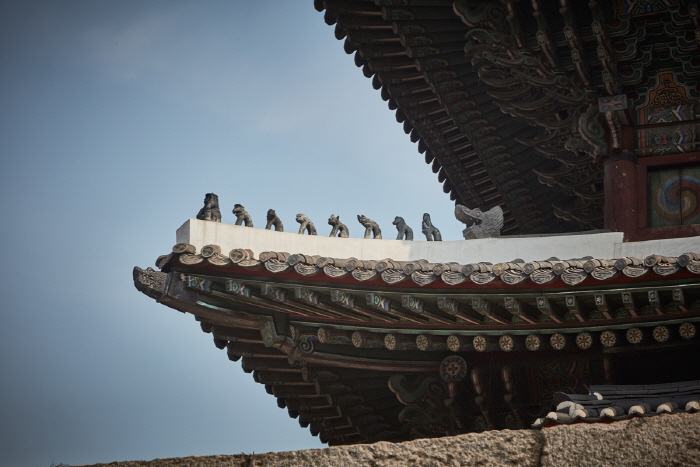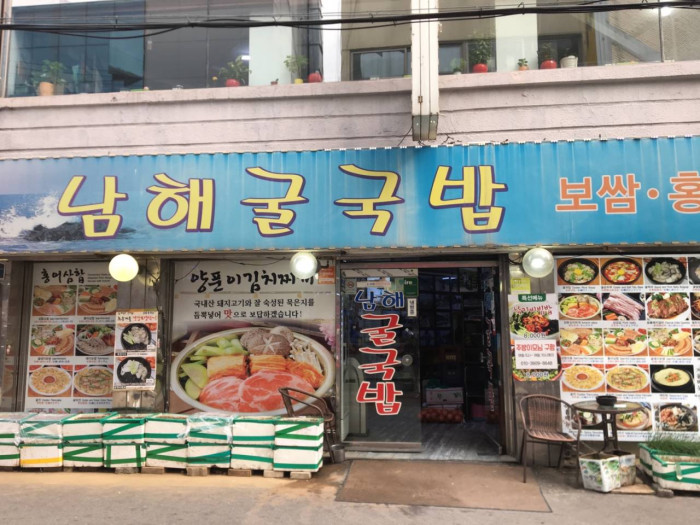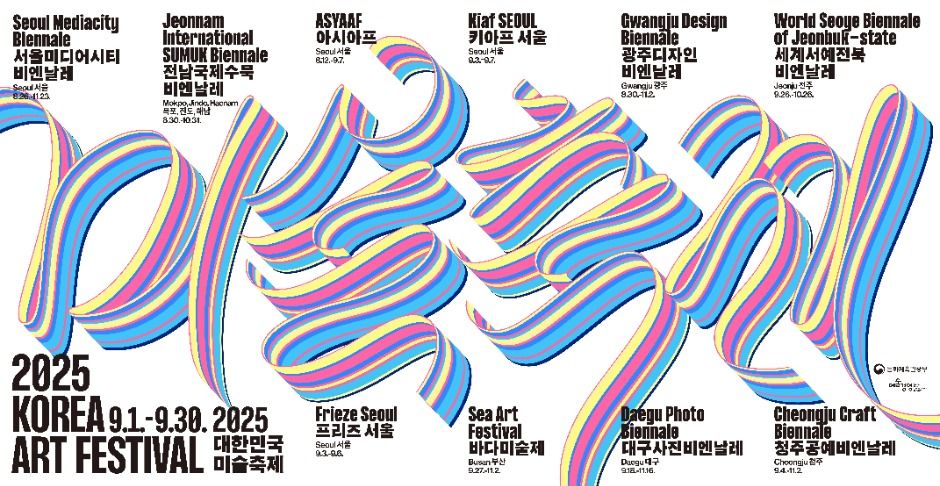Buam-dong (부암동)
19.2Km 2024-03-15
Buam-dong, Jongno-gu, Seoul
+82-2-2148-1807
Buam-dong is a village located north of Gyeongbokgung Palace. It is designated as a development-restricted zone due to its proximity to the Cheong Wa Dae, preserving the old neighborhood's appearance. There are numerous bakeries, cafés, restaurants, and small galleries housed in renovated traditional houses, making it a delightful place for a leisurely stroll. The nearby hiking trails connected to Bugaksan Mountain offer a tranquil journey through the forest, ideal for those seeking a peaceful retreat.
Heunginjimun Gate - Dongdaemun Gate (흥인지문)
19.2Km 2024-10-10
288, Jong-ro, Jongno-gu, Seoul
+82-2-2148-1842
Heunginjimun Gate was built to protect Hanseongbu, which historically housed essential government facilities. Heunginjimun Gate was the gate on the east side of the outer wall of Seoul Fortress among eight gates. It is referred to as Dongdaemun Gate as well. The gate was constructed during King Taejo’s 5th year in 1396, remodeled during the reign of King Danjong in 1453, and was newly built in 1869 during the sixth year of King Gojong’s reign in 1869.
The gate features a hipped roof with five front and two side compartments on a two-storied building. The thin and weak bracket system supports the eaves and is excessively decorated, reflecting the construction features of the late Joseon period. Also, outside of the fortress is the half-circle-shaped Ongseong, a small wall, to protect the gate.
One of the unique factors of Heunginjimun Gate is that it is the only gate among Seoul’s eight to have Ongseong, further exhibiting the style of construction used during the late Joseon period.
Changdeokgung Palace Complex [UNESCO World Heritage Site] (창덕궁과 후원 [유네스코 세계유산])
19.2Km 2025-07-21
99 Yulgok-ro, Jongno-gu, Seoul
Changdeokgung Palace was the second royal villa built following the construction of Gyeongbokgung Palace in 1405. It was the principal palace for many kings of the Joseon dynasty, and is the most well-preserved of the five remaining royal Joseon palaces. The palace grounds are comprised of a public palace area, a royal family residence building, and the rear garden. Known as a place of rest for the kings, the rear garden boasts a gigantic tree that is over 300 years old, a small pond and a pavilion.
The palace gained importance starting from the time of Seongjong, the 9th king of Joseon, when a number of kings began using it as a place of residence. Unfortunately, the palace was burned down by angry citizens in 1592 when the royal family fled their abode during the Imjin War. Thanks to Gwanghaegun, the palace was restored in 1611. Even today, it houses a number of cultural treasures, such as Injeongjeon Hall, Daejojeon Hall, Seonjeongjeon Hall, and Nakseonjae Hall.
Changdeokgung Palace’s garden behind the inner hall, called the "Secret Garden," was constructed during the reign of King Taejong and served as a rest area for the royal family members. The garden had formerly been called Bugwon and Geumwon, but was renamed Biwon Garden, or Secret Garden, after King Gojong came into power. The garden was kept as natural as possible and was touched by human hands only when absolutely necessary. Buyongjeong Pavilion, Buyongji Pond, Juhamnu Pavilion, Eosumun Gate, Yeonghwadang Hall, Bullomun Gate, Aeryeonjeong Pavilion, and Yeongyeongdang Hall are some of the many attractions that occupy the garden. The most beautiful time to see the garden is during the fall when the autumn foliage is at its peak and the leaves have just started to fall.
Though it has been treasured by Koreans for centuries, Changdeokgung Palace and its complex was recognized as a World Cultural Heritage site by the UNESCO World Cultural Heritage Committee in December of 1997 during the committee meeting in Naples, Italy.
JW Marriott Dongdaemun Square Seoul (JW 메리어트 동대문 스퀘어 서울)
19.2Km 2021-02-17
279, Cheonggyecheon-ro, Jongno-gu, Seoul
+82-2-2276-3000
JW Marriott Dongdaemun Square Seoul is located at the fusion of culture, entertainment and commerce in the dynamic Dongdaemun and is JW Marriott’s second hotel to open in Seoul. The hotel has 170 guest rooms, including 15 suites, a swimming pool, 24-hour fitness center, and full-service spa, all for the convenience of its guests.
JW Marriott Dongdaemun Square Seoul has four meeting rooms, including the Grand Ballroom, a modern, yet refined space housing a cutting-edge 98 screen Samsung LFD media wall to ensure that every event held in the ballroom is a success. The hotel also has a variety of dining options including the internationally renowned steakhouse BLT Steak, Tavolo 24 which serves breakfast, lunch and dinner, The Lounge, The Griffin Bar, and Seoul Baking Company.
Namhae Gulgukbap (남해굴국밥)
19.3Km 2021-03-18
11, Jong-ro, 46-gil, Jongno-gu, Seoul
+82-2-764-4858
A restaurant that uses only fresh oysters delivered from Tongyeong every day. The representative menu is oyster and rice soup. This Korean cuisine is located near Dongdaemun Station, Seoul.
Olive Young - Hongdae Daehangno Branch [Tax Refund Shop] (올리브영 홍대대학로)
19.3Km 2024-04-16
57, Daehak-ro, Jongno-gu, Seoul
-
Boobing (부빙)
19.3Km 2024-01-12
136 Changuimun-ro, Jongno-gu, Seoul
Boobing is short for "Buam-dong bingsu" (shaved ice). As such, it is a shaved ice restaurant that always has a long waiting line on weekdays or weekends. The main menu item is pat bingsu (shaved ice with red beans), made with red beans that are provided by a bean produce. They also serve their own original bingsu desserts that use ingredients like melon, mint chocolate, and gold pineapple. Their signature menu is Chodang corn bingsu, made with finely ground corn with milk ice on top. The cafe has a one bingsu order per person policy.
Korea Art Festival (대한민국 미술축제)
19.3Km 2025-07-31
57 Daehak-ro, Jongno-gu, Seoul
+82-70-7575-0980
Korea Art Festival is the nation's largest art festival that connects the 12 major art fairs and biennales taking place nationwide. The 2025 festival takes place in September, inviting visitors to enjoy the world of art.
Seoureseo Duljjaero Jalhaneunjip (서울서둘째로잘하는집)
19.3Km 2024-03-15
122-1 Samcheong-ro, Jongno-gu, Seoul
+82-2-734-5302
Seoureseo Duljjaero Jalhaneunjip is a sweet red bean porridge and traditional tea house near Gyeongbokgung Palace. Sweet red bean porridge is a sweet and smooth dish typically containing chewy rice cakes and chestnuts. In Korea, it's a traditional food eaten during dongji (the shortest day and longest night of the year). They also offer traditional teas like ssanghwatang (herbal tonic tea), which contains seven medicinal herbs, sujeonggwa (cinnamon punch) with a blend of cinnamon and ginger flavors, and sikhye (sweet rice punch), a drink known for aiding digestion.
Seoho Kkotmoe Park (서호꽃뫼공원)
19.3Km 2025-02-04
100 Suseong-ro, Paldal-gu, Suwon-si, Gyeonggi-do
Seoho Kkotmoe Park, located near Hwaseo Station, is an urban garden dedicated to preserving biodiversity and maintaining healthy ecosystems. The park features a four seasons garden, divided into 11 sections, as well as a well-maintained walking trail around the park. Additionally, there are a grass square, a forest playground, and various sports facilities, making it a beloved spot for local residents.

![Changdeokgung Palace Complex [UNESCO World Heritage Site] (창덕궁과 후원 [유네스코 세계유산])](http://tong.visitkorea.or.kr/cms/resource/03/3092503_image2_1.jpg)


![Olive Young - Hongdae Daehangno Branch [Tax Refund Shop] (올리브영 홍대대학로)](http://tong.visitkorea.or.kr/cms/resource/86/2878186_image2_1.jpg)


 English
English
 한국어
한국어 日本語
日本語 中文(简体)
中文(简体) Deutsch
Deutsch Français
Français Español
Español Русский
Русский